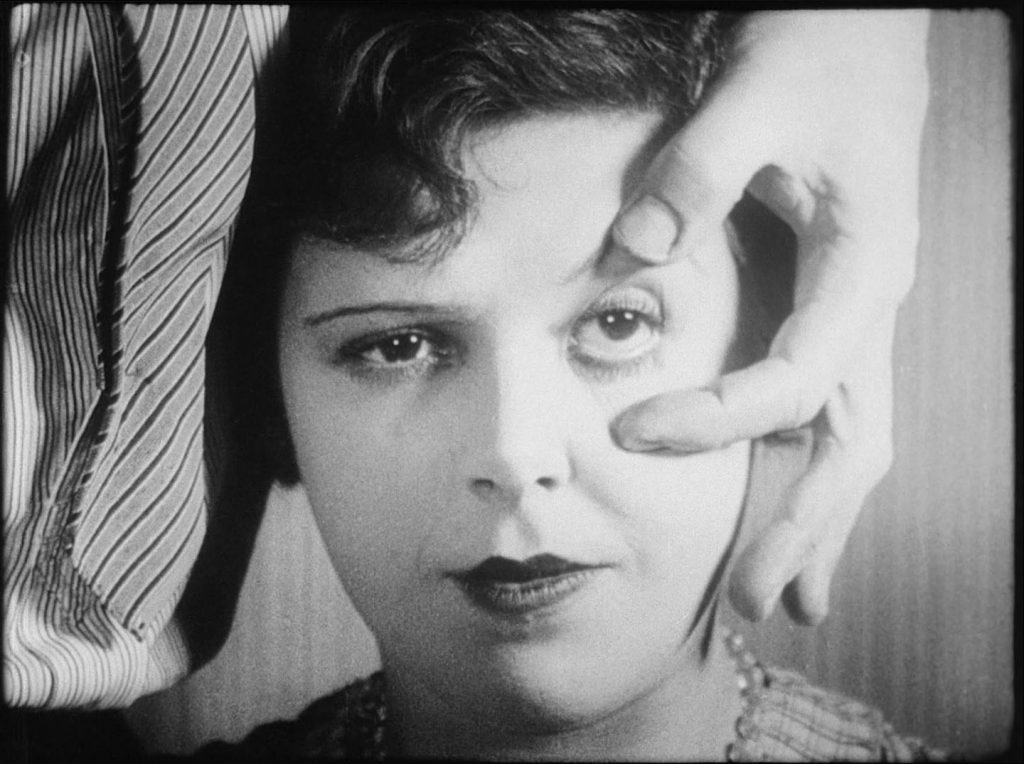The exact cause of macular degeneration isn’t known, but the condition develops as the eye ages.
Age-related macular degeneration (AMD) is caused by a problem with part of the eye called the macula. The macula is the spot at the centre of your retina (the nerve tissue that lines the back of your eye).
The macula is where incoming rays of light are focused. It helps you see things directly in front of you and is used for close, detailed activities, such as reading and writing.
Dry AMD
As you get older, the light-sensitive cells in the macula can start to break down. This tends to occur gradually, often over many years.
Waste products can also begin to build up in your retina, forming small deposits called drusen. Drusen are a common feature of dry AMD and tend to increase in size as the condition progresses.
As dry AMD progresses, you’ll have fewer light-sensitive cells in your macula, causing your central vision to deteriorate. A blurred spot will develop in the centre of your vision, making your central vision less well-defined. As a result, you may need more light when reading and carrying out other close work.
Wet AMD
In cases of wet AMD, tiny new blood vessels begin to grow underneath the macula. It’s thought these blood vessels form as an attempt by the body to clear away the drusen from the retina.
Unfortunately, the blood vessels form in the wrong place and cause more harm than good. They can leak blood and fluid into the eye, which can cause scarring and damage to your macula.
The damage and scarring causes the more serious symptoms of wet AMD to develop, such as distorted vision and blind spots.
Increased risk
It’s unclear what triggers the processes that lead to AMD, but a number of things increase your risk of developing it. These are described below.
Age
The older a person gets, the more likely they are to develop at least some degree of AMD.
Most cases start developing in people aged 50 or over and rise sharply with age. It’s estimated 1 in every 10 people over 65 has some signs of AMD.
Family history
AMD has been known to run in families. If your parents, brothers or sisters develop AMD, it’s thought your risk of also developing the condition is increased.
This suggests certain genes you inherit from your parents may increase your risk of getting AMD. However, it’s not clear which genes are involved and how they’re passed through families.
Smoking
A person who smokes is up to four times more likely to develop AMD than someone who’s never smoked.
The longer you’ve been smoking, the greater your risk of getting AMD. You’re at even greater risk if you smoke and have a family history of AMD.
Read more about how to stop smoking.
Ethnicity
Studies have found rates of AMD are highest in white and Chinese people, and lower in black people. This could be the result of genetics.
Other possible risk factors
The following things may increase your risk of developing AMD, although this hasn’t yet been proven.
Alcohol
It’s possible drinking more than four units of alcohol a day over many years may increase your risk of developing early AMD.
Sunlight
If you’re exposed to lots of sunlight during your lifetime, your risk of developing macular degeneration may be increased. To protect yourself, you should wear UV-absorbing sunglasses if you spend long periods of time outside in bright sunlight.
Obesity
Some studies have reported being obese – having a body mass index (BMI) of 30 or greater – may increase your chance of developing AMD.
High blood pressure and heart disease
There’s some limited evidence that having a history of high blood pressure (hypertension) or coronary heart disease may increase your risk of developing AMD.
- Macula
- The macula is a small spot at the centre of the retina. It is the part of your eye where incoming rays of light are focused.
- Retina
- The retina is the nerve tissue lining the back of the eye. It senses light and colour and sends it to the brain as electrical impulse
